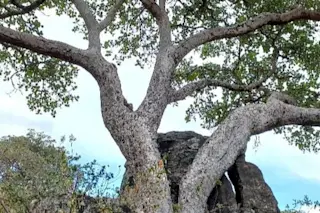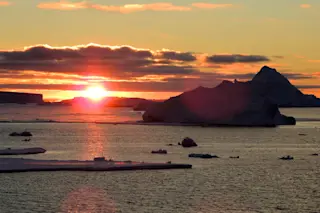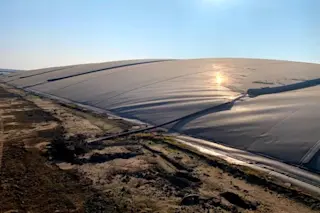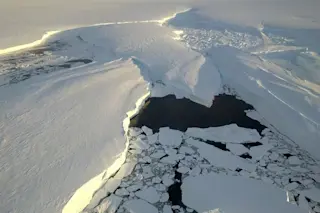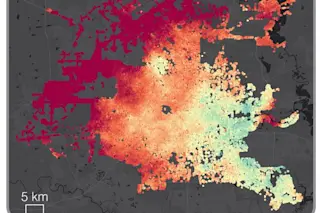In many ways, scientists know less about the interior of Earth than they do about distant stars. Seismologist Raffaella Montelli of Princeton University is trying to change that. She recently published striking computer-generated pictures that show trails of superhot rock shooting upward through Earth’s mantle—the vast expanse between the core and the crust—to create persistent “hot spot” volcanoes such as those in Hawaii and Iceland. This picture could finally explain the root cause of some of the world’s most intense volcanic regions. But in the uncertain and contentious world of geoscience, some of Montelli’s colleagues suspect she may be chasing shadows.
To produce her inner view, Montelli and her colleagues mapped the arrival of earthquake waves at seismic stations around the world. The waves slow down in relatively warm spots and speed up in cool ones. By charting when and where the various seismic waves arrived and plugging the data ...




